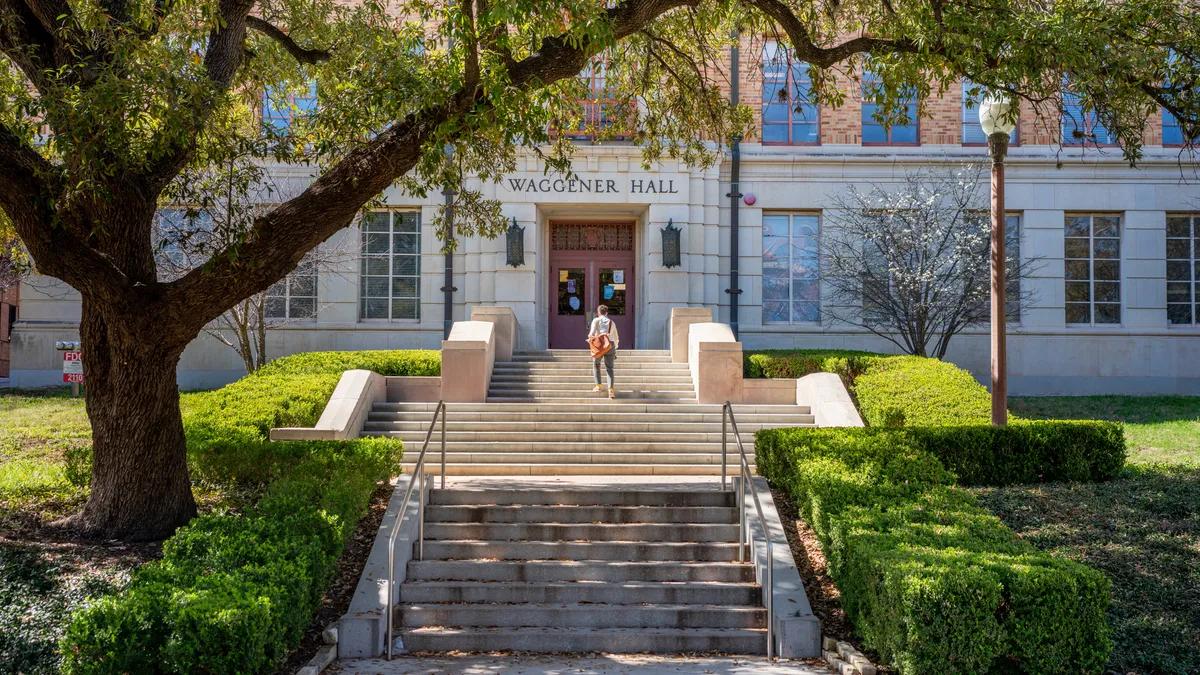Dive Brief:
- The National Student Clearinghouse Research Center's Spring 2018 Current Term Enrollment Estimates show that undergraduate student enrollment is down by more than 275,000 students nationally, and that a large portion of the drop is among students over the age 24, those commonly classified as adult learners. Adult learner enrollment has declined by 1.5 million since 2011.
- The number of students between the ages of 18 and 24 increased by .4% from 2017 estimates, and enrollment in graduate programs increased by nearly 44,000. But total enrollment dropped 1.3% over the last year.
- According to the report, college enrollments declined in 34 states, with six of the 10 largest drops in the Midwest and Northeastern regions.
Dive Insight:
Population loss, industrial decline and resulting tax revenue decreases as well as increases in students wanting to learn and work outside of their home states are largely responsible for the decreases outlined in this report, but the most interesting note is the drop in the total number of adult learners. With colleges, foundations and the federal government emphasizing the need for adults to be a part of the workforce training strategy, it is surprising that the numbers do not bear out the urgency of the emphasis on this particular student group.
It gives credence to Vanderbilt University, which in a counter-cultural approach is expanding its residential learning community strategy to accommodate more undergraduates who want to live and learn in more modern spaces. And it also brings into question the proliferation of free community college initiatives launching in states across the country, even with the success of some of the earliest programs, like in Tennessee.
If adult learners are the future of higher education, this report suggests that colleges should perhaps increase their outreach to this group in marketing, career pipelines and retention efforts beyond those initiatives already in place to reduce costs and increase access.










